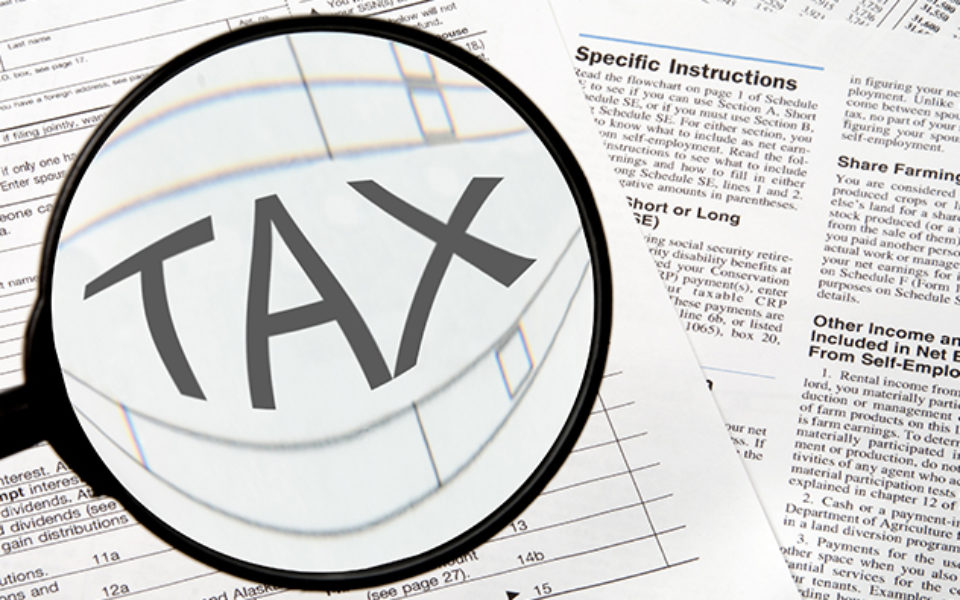Based on the Law on Business Companies, a branch (of a foreign legal entity) as such, does not represent an independent entity, but with the consistent application of the legal definition, the (foreign) legal entity – the founder of the branch, should be the subject of rights and obligations in the Republic of Serbia, which could be settled through the organizational unit – branch in the Republic of Serbia.
Thus, by the Law on Profit Tax of Legal Entities, a branch of a foreign legal entity represents a permanent business unit of that legal entity in the Republic of Serbia, where that legal entity, through the permanent business unit, is subject to taxation on the profits it makes by doing business in the territory of the Republic of Serbia.
However, when it comes to the interpretation and application of tax regulations to a branch of a foreign legal entity, especially transactions between the parent company – a foreign legal entity and its branch, and the issue of recognizing expenses arising from this relationship, the situation is not so clear in practice and more doubts may arise.
Answers to these questions and more details about the most common dilemmas that can arise in practice on this matter are available in the article (in Serbian and in English) written by JPM Partner Nikola Djordjević and Senior Associate Marija Vukčević.
